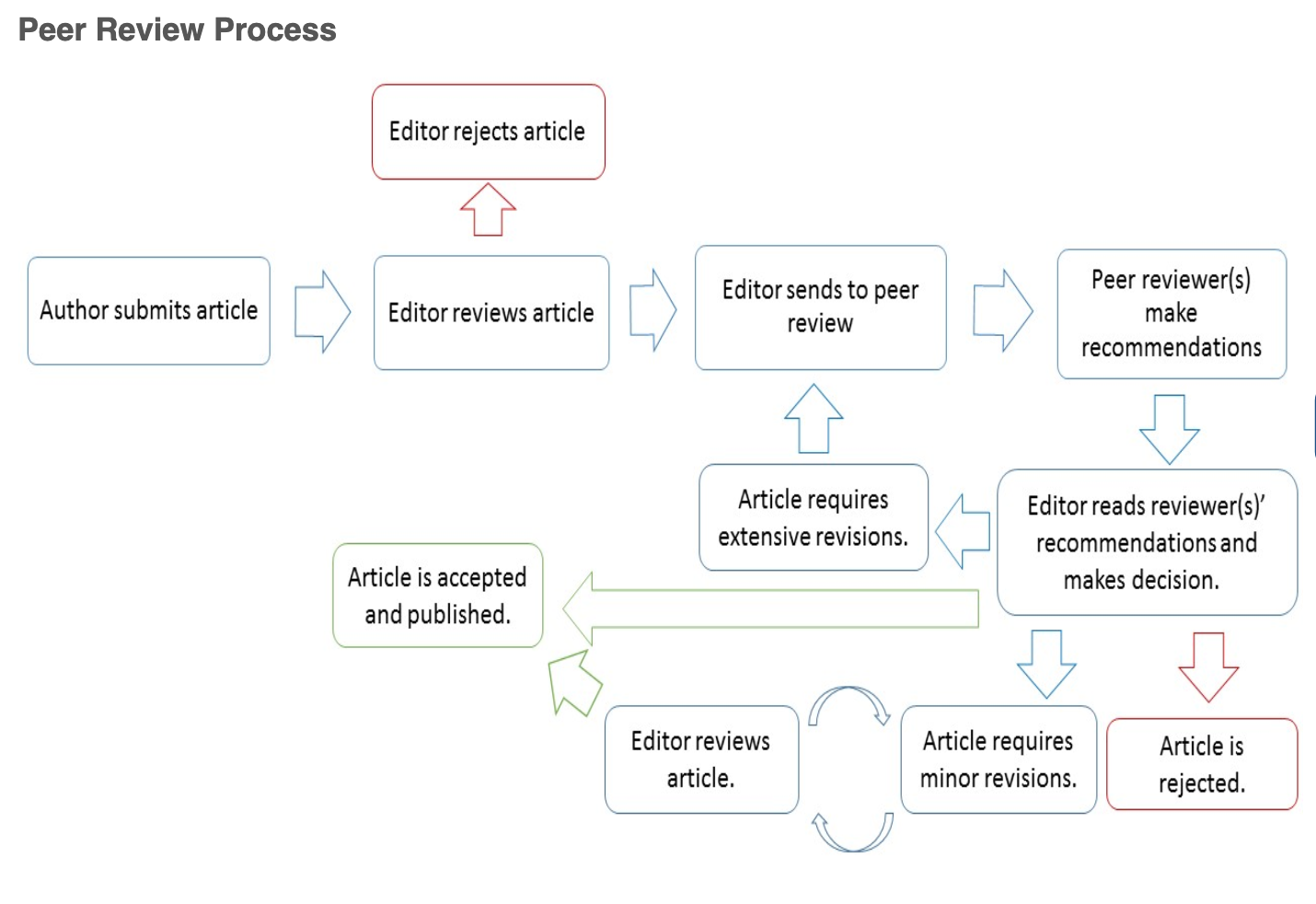
Many journals have style, author, or submission guidelines. These lay out information about font size and style, reference/citation style, document type, and word count.
For Canadian journals and authors, a resource to take note of is Dr. Gregory Younging’s Elements of Indigenous Style, which offers culturally appropriate advice on Indigenous topics such as terminology and working with Elders. Your library may have a print copy or ebook access.
In 2017 the Indigenous Reporters Program of Journalists for Human Rights released a Style Guide for Reporting on Indigenous Peoples, providing guidance specifically on terminology both for Indigenous people in Canada and their communities.
Several Canadian higher education institutions have developed Indigenous writing guides, designed for their Indigenous students but helpful to see a non-Western way of expressing yourself.
Style guides provide no guidance for citing Indigenous Elders; however NorQuest College (Edmonton, Alberta) has developed a template for APA and MLA citations.
The peer-review process is integral to scholarly research; however not all sections within a journal would be peer reviewed (e.g., editorials, letters to the editor). Your policy should specify which sections or article types will be subject to peer review.
You will need to decide on the type of peer review your journal will use: Author & Reviewer Anonymous, Reviewer Anonymous, or Open Review. Table 1 describes the three types of review, and includes information on the benefits and drawbacks of each. The process is illustrated in Figure 1.
Table 1. Types of Review
| Types of Review | Description | Benefits | Drawbacks |
|---|---|---|---|
| Author & Reviewer Anonymous | Reviewers do not know the names of the authors, nor do the authors know who the reviews are. | Reduces potential reviewer bias. Provides review anonymity. | Reviewer does not have access to information about the author that may assist in completing the review. |
| Reviewer Anonymous | Reviewers know the names of the authors, but the authors do not know the names of the reviewers. | As the reviewer is anonymous, they may provide feedback without fear of a negative reaction. Information about the author may be used in the assessment. | Potential bias on the part of the reviewer. Reviewer may evaluate an article on the basis of the author rather than the article itself. |
| Open Review | Names of both the authors and reviewers are available, and the review may be made publicly available. | Improved transparency; the reviewers may take their work more seriously / refrain from unnecessary negative feedback. | Reviewers may fear consequences for completing negative reviews. |

Peer review is being used for more than articles, with Wilfrid Laurier University Press developing a process for reviewing podcasts, and the University of Sydney’s report on Non-Traditional Research Outputs including criteria for reviewing research that is not produced as an article. BC Studies provides reviewers with guidelines for both sound and digital media submissions.
Peer review is different than copyediting or proofreading. Editors Canada has created videos for copyediting and proofreading that discusses each process.
An important topic of discussion in scholarly publishing is diversity and inclusion, particularly around peer review.
The Canadian Broadcast Corporation (CBC) had a segment featuring Indigenous academics sharing about Western bias within the peer-review process, and concerns surrounding citations. The Library Publishing Coalition has released an Ethical Framework for Library Publishing that includes a section on Diversity, Equity, and Inclusion.